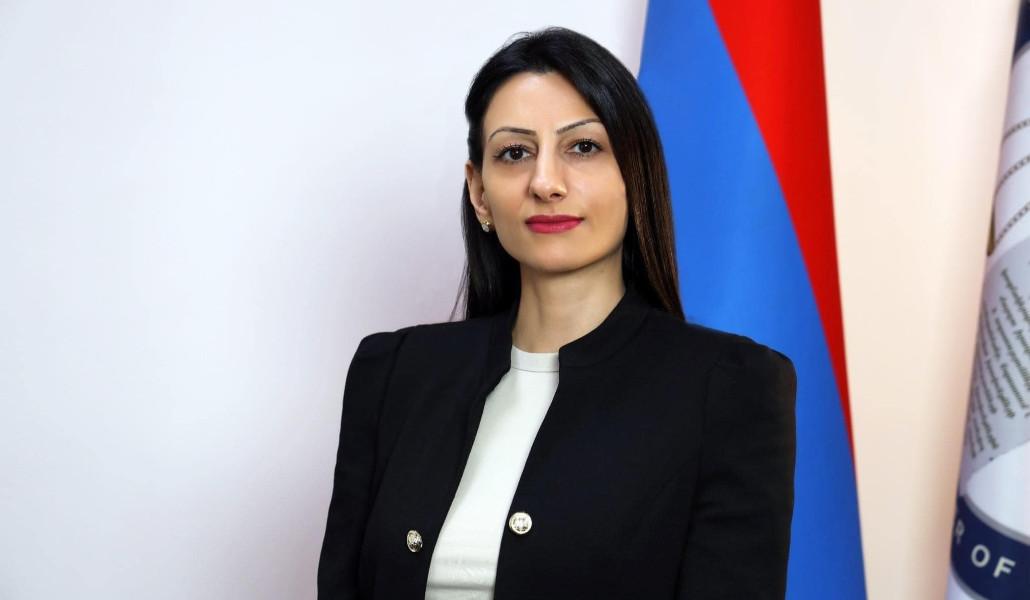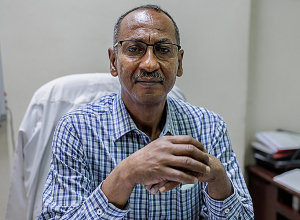
A
A
Eliminating Armenian hatred necessitates more than mere verbal statements․ Anahit Manasyan
Support A1+!Eliminating Armenian hatred necessitates more than mere verbal statements; it requires the implementation of systematic and substantial practical mechanisms to address the issue effectively: Anahit Manasyan 
Along with creating a humanitarian disaster in Nagorno-Karabakh, old and new videos, photos and other publications containing hostility and hatred towards Armenians are being actively disseminated in the media platforms and social networks of Azerbaijan.
Furthermore, all of this is accompanied by comments by Azerbaijani society full of hate and armenophobic speeches, praising the human rights violations committed by the Azerbaijani armed forces against both military personnel and civilians, including war crimes and atrocities.
The Defender once again records that such an intolerant attitude of the Azerbaijani society is the consequence and proof of the armenophobic policy as well as the policy of ethnic cleansing of the Azerbaijani authorities.
In addition, ethnically based hate propaganda against Armenians in Azerbaijan has also been recorded by international human rights monitoring bodies, in particular, in the concluding observations on the 10th to 12th periodic reports of Azerbaijan to the United Nations Committee on the Elimination of Racial Discrimination (CERD) from September 22, 2022, and in the report of the European Commission against Racism and Intolerance (ECRI) of 29 March 2023.
Both the committee and the commission have expressed their concern regarding the incitement to racial hatred and the propagation of racist stereotypes against persons of Armenian national or ethnic origin, including on the Internet and social media, as well as by public figures and government officials.
Moreover, the use of discriminatory language and propaganda of intolerance towards ethnic Armenians in school textbooks was also considered worrying. In this regard, ECRI also recorded the prevalence of hate speech against Armenians among the youth, in school and beyond, stressing that it can create fertile ground for further military operations.
Pointing out the existence of aggressive rhetoric against ethnic Armenians in Azerbaijani society, including by officials, ECRI noted that the boundary lines between the Azerbaijani political and other public discourse against Armenian decision-makers and hate speech towards Armenians as an ethnic or national community are blurred and practically impossible to discern, although the Azerbaijani authorities refuse to accept that the resentment on the part of Azerbaijani society is against persons of Armenian origin but not only against Armenian decision-makers.
The Defender emphasizes that this dangerous armenophobic policy of Azerbaijan should be at the center of the attention of organizations with a mandate of human rights protection, noting that this dangerous phenomenon rooted in society as a result of years of coordinated policy cannot be eliminated through the mere verbal declaration of the Azerbaijani authorities, but it is necessary to implement systematic and serious practical mechanisms in that direction.
Considering the important role of national human rights institutions in overcoming human rights-related problems, including the aforementioned ones, the Human Rights Defender of the Republic of Armenia continuously monitors various manifestations of hatred within the framework of its mandate and is consistent in enacting mechanisms for overcoming the mentioned phenomenon.



